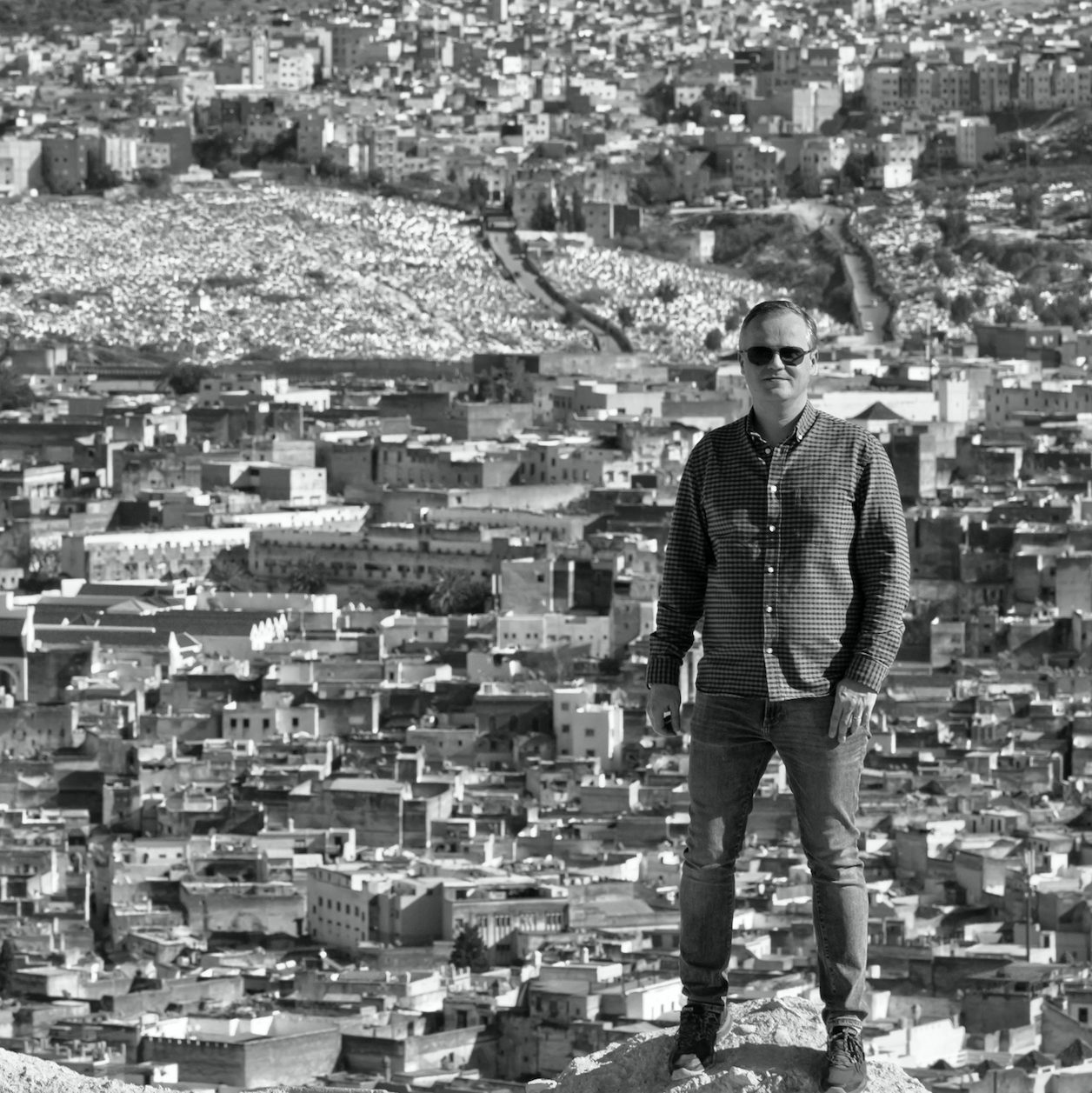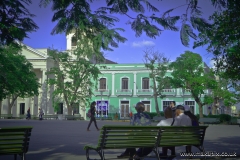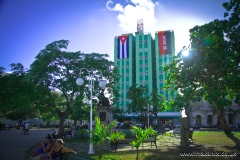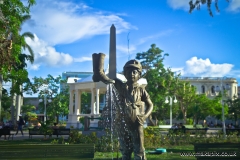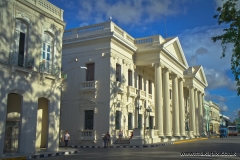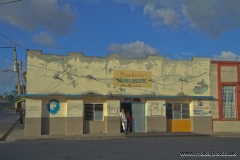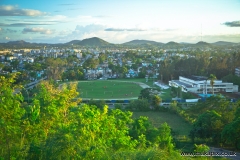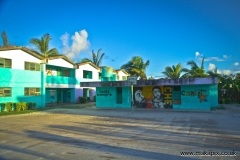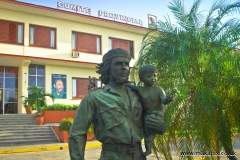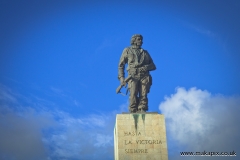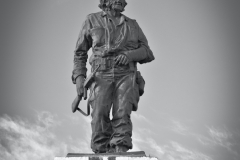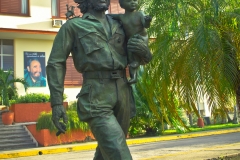Santa Clara is the capital of the central Cuban province of Villa Clara. It’s chiefly known for its revolutionary landmarks. In the city’s west, the Che Guevara Mausoleum is the resting place of Che Guevara and other fighters. It’s crowned by a massive bronze statue of the revolutionary leader. The adjacent Museo Histórico de la Revolución has artifacts and personal effects documenting Guevara’s life.
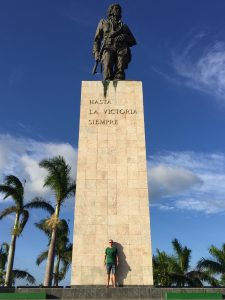
Santa Clara was founded in 1689 by families fleeing constant pirate threats in coastal Remedios. It occupies the site of the ancient Indian town of Cubanacán, which, according to some authorities, Christopher Columbus mistook for the headquarters of the Mongol emperor Kublai Khan. Initially, the settlement depended on livestock raising and associated industries, but by the mid-20th century the city was flourishing on sugar and tobacco. The Santa Clara Steel Combine makes finished steel products and parts. The Central University of Las Villas was founded in Santa Clara in 1952. The city is situated near the geographic centre of the island, on the country’s Central Highway, and is the junction point of Cuba’s main rail lines.
Hotel Santa Clara Libre might be Santa Clara’s tallest building, but the rooms and 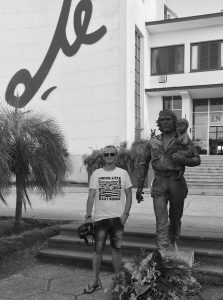 facilities aren’t so highly regarded. Notwithstanding, the hotel has a history. Bullet holes are still visible on the facade – the result of the battle in 1958 between Che Guevara’s guerrillas and flailing government troops.
facilities aren’t so highly regarded. Notwithstanding, the hotel has a history. Bullet holes are still visible on the facade – the result of the battle in 1958 between Che Guevara’s guerrillas and flailing government troops.
Che Guevara had died in Bolivia in 1967, executed by Bolivian military forces after leading an ill-fated and poorly-managed insurgency in the South American country. His body had been dumped in an unmarked mass grave, where it remained undiscovered until 1997. His remains were identifiable due to, among other things, his hands; they were missing, having been amputated from his corpse 30 years prior and sent to Buenos Aires for fingerprint identification to verify that the executed rebel was indeed the famous Che Guevara.
His remains — along with those of six other guerrillas found in the same grave — were returned to Cuba and buried with military honors on October 17, 1997, all under the memorial that had already been built for Guevara ten years previously. Subsequent excavations in Bolivia have brought an additional 23 combatants’ remains to rest in the starkly rectilinear memorial to Guevara.
Visitors are forbidden from bringing any personal effects into the complex. The museum includes Guevara’s gun, medical certificates, binoculars and water bottle, as well as pictures of the revolutionary smoking cigars and playing golf.

